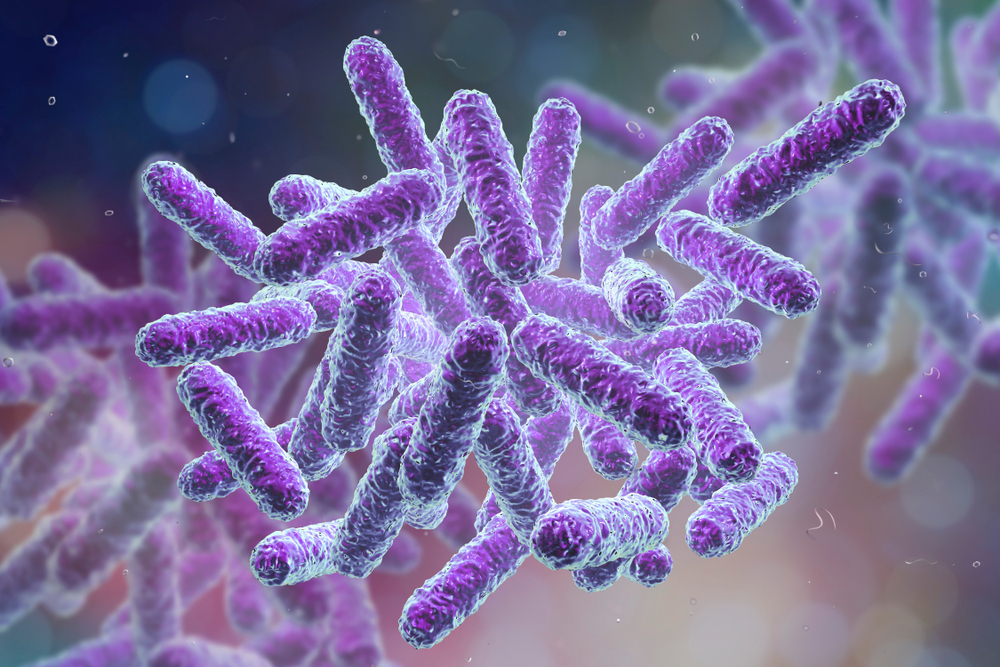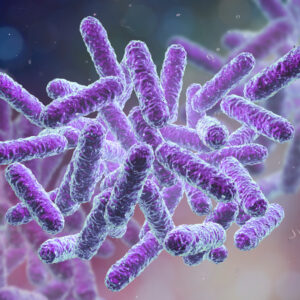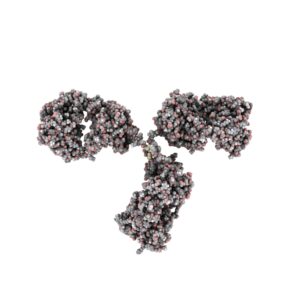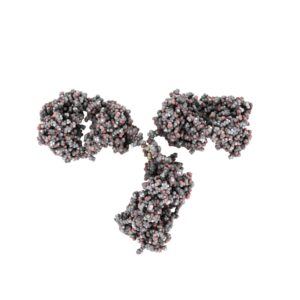ESCHERICHIA COLI O26:H11 CELLS, HEAT-INACTIVATED
Heat-killed Escherichia coli O26:H11 cells in dextran solution. Antigen is intended for use as a positive control in immunoassay development for E. coli detection.
PRODUCT DETAILS – ESCHERICHIA COLI O26:H11 CELLS, HEAT-INACTIVATED
- Escherichia coli O26:H11 cells, genus specific in dextran solution.
- Part of the BacTrace® range of antigens and antibodies.
- This product is ideally suited for use as a positive control in immunoassays designed for the detection of E. coli. It provides verification of the functionality of the assay system.
- Product is considered non-hazardous as defined by The Hazard Communication Standard (29 CFR 1910.1200).
BACKGROUND
E. coli was first described in 1885 by Theodor Escherich, an Austrian paediatrician, who called it Bacterium coli commune to reflect its universal occurrence in the faeces of healthy individuals (Escherich 1885). In 1939 the relationship between E. coli and infantile diarrhoea was confirmed (Bray 1945). Serotyping based on the somatic lipopolysaccharide or ‘O’ antigen and the flagella or ‘H’ antigen, helped distinguish the serogroups most likely to be associated with the disease (Kauffmann 1947), which included a set of O serogroups, notably O26, O55 and O111 (Ewing et al. 1963). Initial testing also showed that only one strain, H19 serotype O26:H11, produced a toxin, and this strain is now known to be the first strain of Verocytotoxin-producing (VTEC) to be described in the literature. Verocytotoxin is a cytotoxin that induced a distinctive cytotoxic effect on Vero that was different and easily distinguished from that produced by heat-labile enterotoxin. That vtx is mediated by a bacteriophage and can be transferred between strains was first demonstrated in a strain of VTEC O26 (Scotland et al. 1983).
Escherichia coli serogroup O26 is an established diarrhoeal pathogen (Jenkins et al., 2008). O26 has featured in many studies of diarrhoeal disease over the last 25 years and in countries where tests include serogroups other than O157, the incidence of O26 is similar to that of O157. O26 possess large plasmids that contain genes encoding potential virulence factors including an enterohaemolysin, which acts as a pore-forming cytolysin. Other genes present on the large plasmids include katP, which encodes a catalase-peroxidase (Brunder et al. 1996) and a serine protease (EspP) that cleaves human coagulation factor V (Brunder et al. 1997). Recent work has demonstrated that this plasmid also harbours a 10-kb virulence gene designated toxB in VTEC O157 and that DNA sequences related to toxB have been detected in VTEC O26 (Tozzoli et al. 2005). It has been shown that VTEC O26 contains a high pathogenicity island (HPI) also found in pathogenic Yersinia species, but not present in VTEC O157 (Karch et al. 1999; Zhang et al. 2000).
REFERENCES
- Frankel, G., Phillips, A.D., Rosenshine, I., Dougan, G., Kaper, J.B. and Knutton, S. (1998) Enteropathogenic Esherichia coli: more subversive elements. Mol Microbiol 30, 911–921.
- Jenkins C, Evans J, Chart H, Willshaw GA, Frankel G. Escherichia coli serogroup O26–a new look at an old adversary. J Appl Microbiol. 2008 Jan;104(1):14-25.
- Scotland, S.M., Smith, H.R., Willshaw, G.A. and Rowe, B. (1983) Verocytotoxin production in strains of Escherichia coli is determined by genes carried on the bacteriophage. Lancet ii, 216.
- Tarr, P.I., Gordon, C.A. and Chamdler, W.L. (2005) Shiga-toxin-producing Escherichia coli and haemolytic uraemic syndrome. Lancet 365, 1073–1086.




